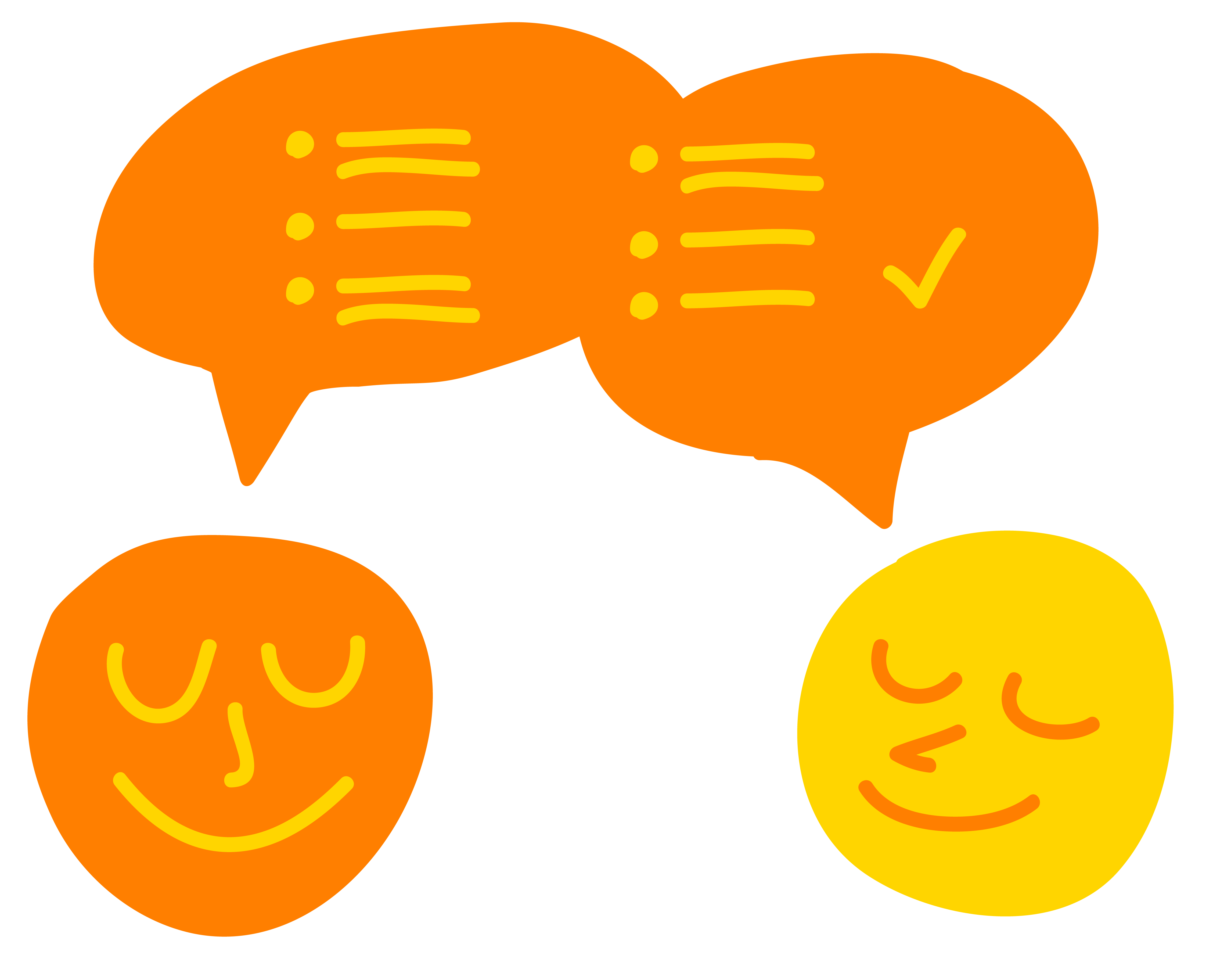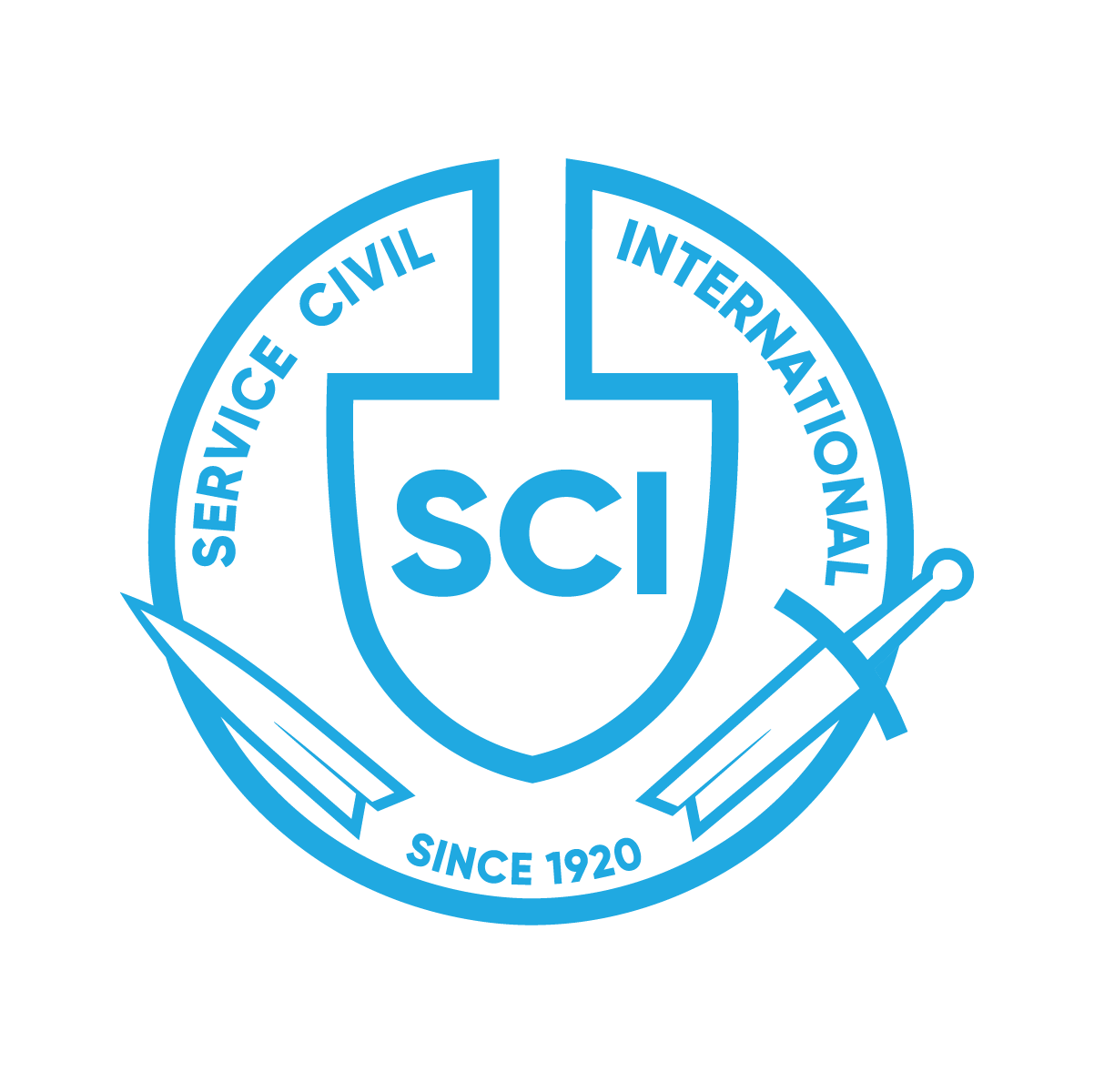M1-GENERAL COMMUNICATION CONCEPTS
Communication – Basics & Types
Communication is both a basic human need and a medium that can help people understand each other and also understand what is going on in the world.
Abiola S. (2020) defines communication as “a dynamic process that involves the exchange of messages and meaning between individuals, groups, or organisations. […] It is a vital aspect of human interaction, and plays a crucial role in building relationships, promoting understanding, and achieving shared goals.”
While some define communication as an act, others define it as a tool or even a process. Regardless of how you see it, in order to be able to use it efficiently, there are a few factors that you would need to take into account.
Activity: Take 3 minutes to create a cloud of words consisting of everything you think has a connection to communication.
Communication includes:
Verbal communication
Spoken words, written messages, and sign language.
Nonverbal communication
Body language, facial expressions, tone of voice, and gestures.
Visual communication
Images, videos, and graphics.
Electronic communication
Communication through various digital platforms (social media, email, instant messaging etc)
Interpersonal communication
Communication between individuals or small groups.
Mass communication
Includes communication through mass media, such as newspapers, TV, and radio.

Some communication types can be: intercultural communication, ethical communication, non-violent communication, organisational communication and so on.
This course will focus on different forms of communications, such as mass communication, electronic communication and interpersonal communication through advocacy, among other. The first module will have a focus on ETHICAL communication and NON-VIOLENT communication (NVC).

